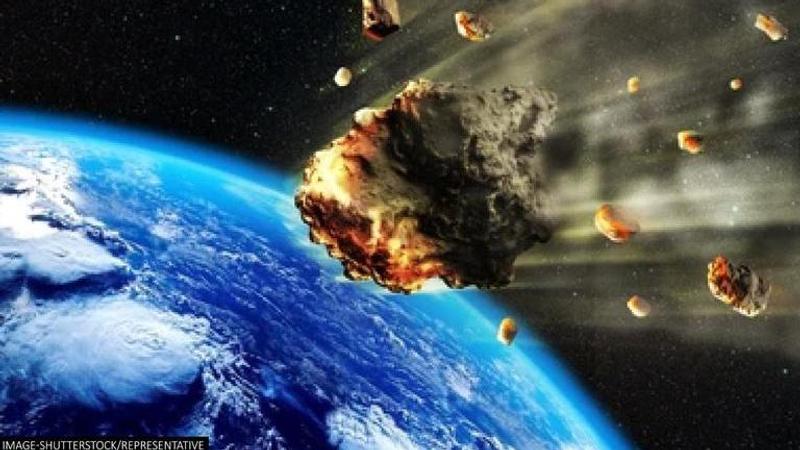Published 19:23 IST, November 3rd 2021
Did Chilean glassy rocks in Atacama desert result from a comet's heat? Here's the answer
The patches of glass found in Chile's Atacama desert originated after a comet explosion and have minerals only found in extra-terrestrial rocks, new study says.

The glassy rocks found in the Atacama desert in Chile originated after a comet exploded. These rocks are composed of minerals only found in extra-terrestrial rocks, says new research. Although it is evident, that an intense heat was generated, 12,000 years ago, around the Atacama region which turned the sandy soil into vast fields of silicate glass, scientists have been fairly confused about what triggered it. With this new study, published in the journal Geology, the researchers claim that they have gathered the evidence that the incident was likely caused after a comet exploded after impact.
Minerals in the silicate glass match a comet's composition
The experts claim to have gathered solid evidence based on the samples of the comet called 'Wild 2', which was brought to the Earth under NASA's Stardust mission. According to Phys.Org, the experts analysed the composition and distribution of the desert's glasses and compared them with the minerals found in Wild 2. Following the analysis, it was found that the minerals traced on Earth are most likely the remains of extraterrestrial space rock that melted the sandy surface into glass, through the heat generated following an explosion. Phys.Org quoted USA-based Brown University professor, Pete Schultz saying,
This is the first time we have clear evidence of glasses on Earth that were created by the thermal radiation and winds from a fireball exploding just above the surface. To have such a dramatic effect on such a large area, this was a truly massive explosion. Lots of us have seen bolide fireballs streaking across the sky, but those are tiny blips compared to this.
Comparing the composition of the two samples, the researchers found that minerals like cubanite, troilite and calcium-aluminium-rich inclusions matched with those found in the comet samples obtained by NASA. The researchers have confidence in the explosion theory as they state that there is no evidence of these glasses occurring from a volcanic activity, which leaves them with this new possibility. To this day, a corridor of dark green glass, spanning 75 kilometres, can be found in the Atacama desert. Although, some experts argue that the glasses might have originated due to ancient grass fires before the area turned into a desert after the Pleistocene epoch (11,000 to 2.5 million years ago).
However, the theory of grass fires was rejected after evidence emerged about the glasses being twisted, folded, rolled and even thrown while still in molten form, hinting towards meteor impact. Despite being confident with these proofs, the researchers said that an even deeper study is required to prove the theory.
Image: Shutterstock
Updated 19:23 IST, November 3rd 2021




